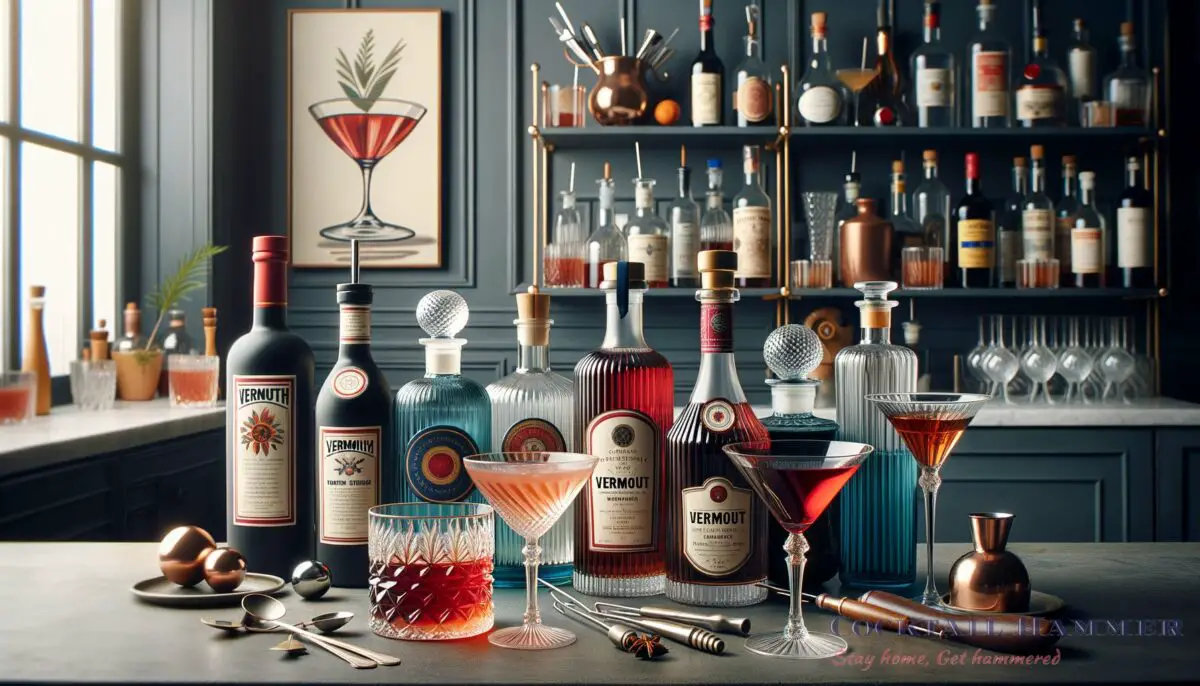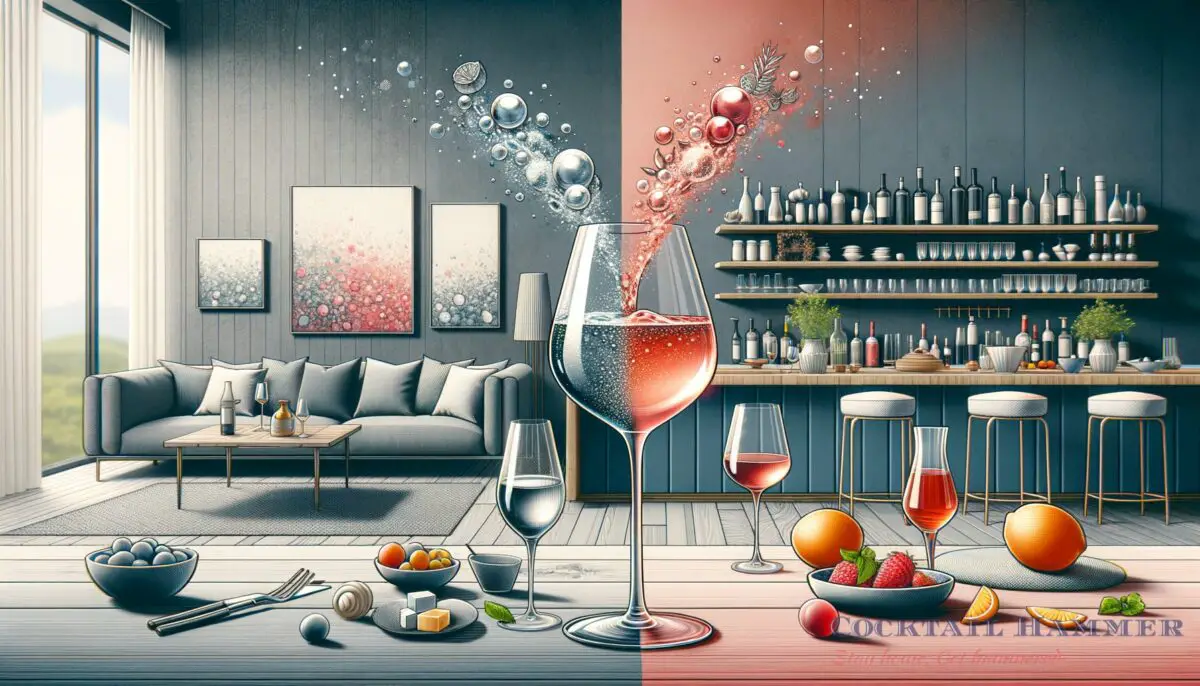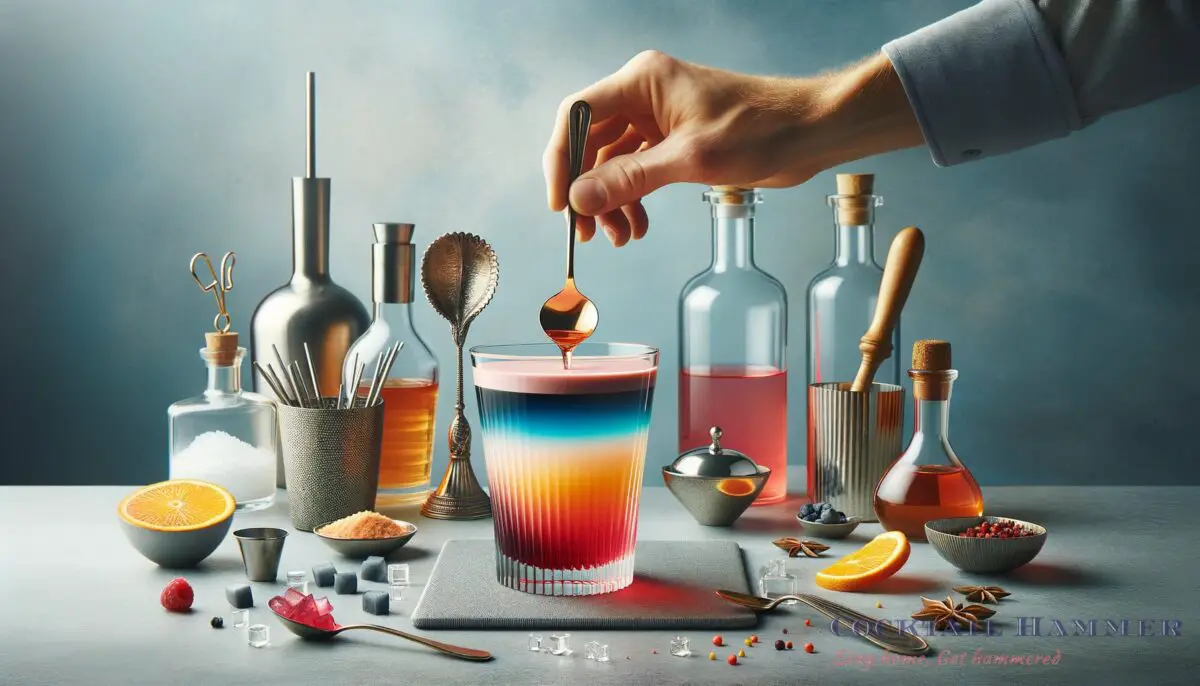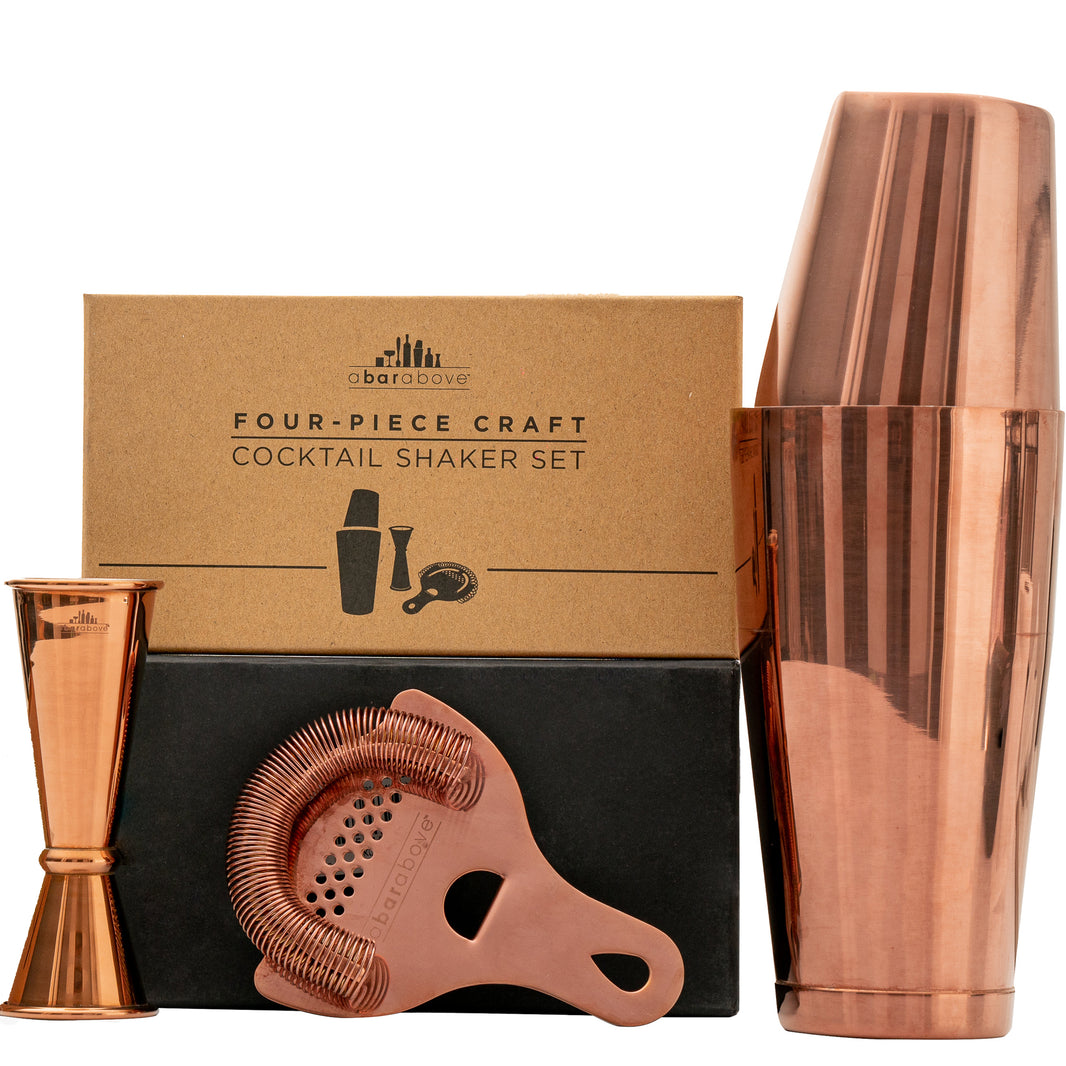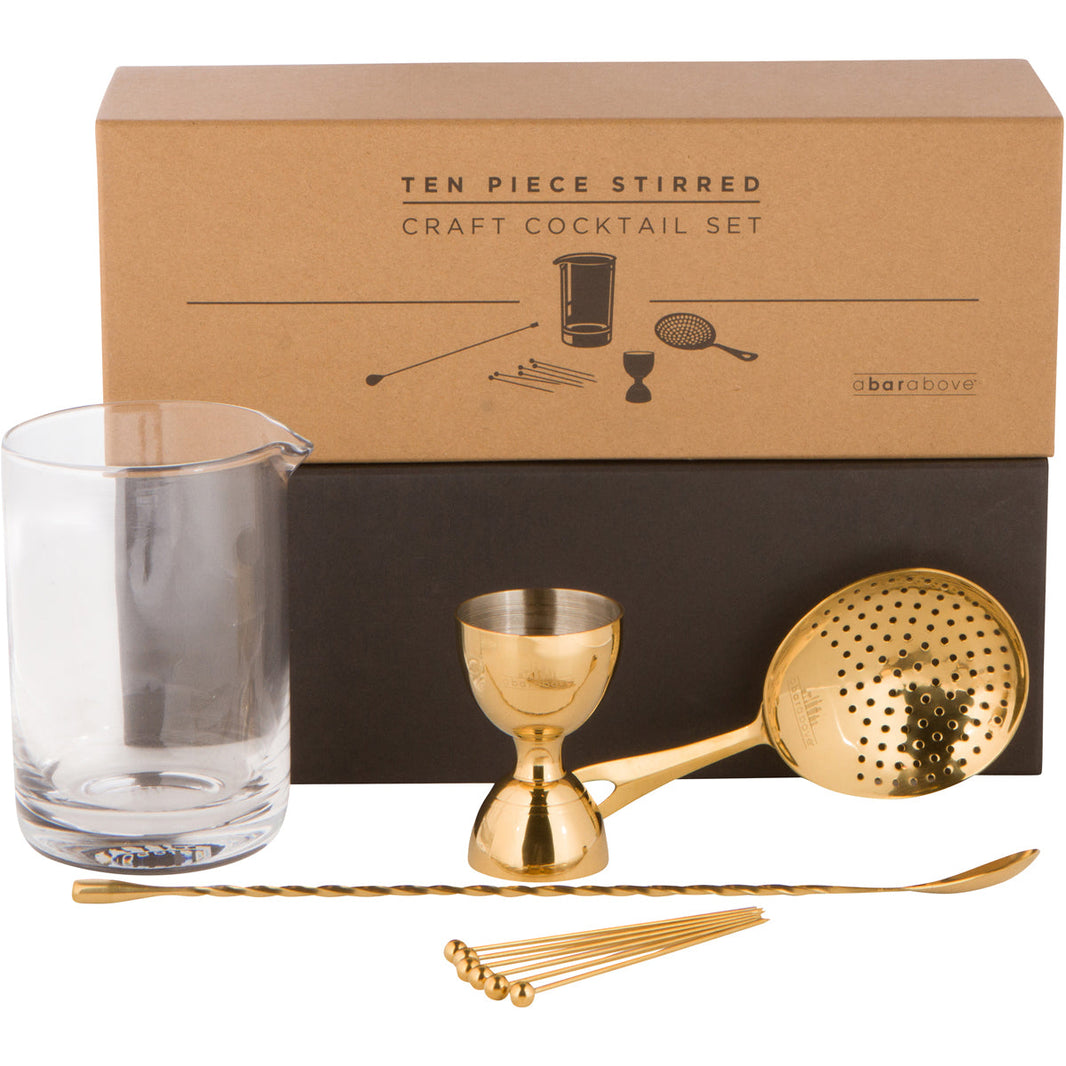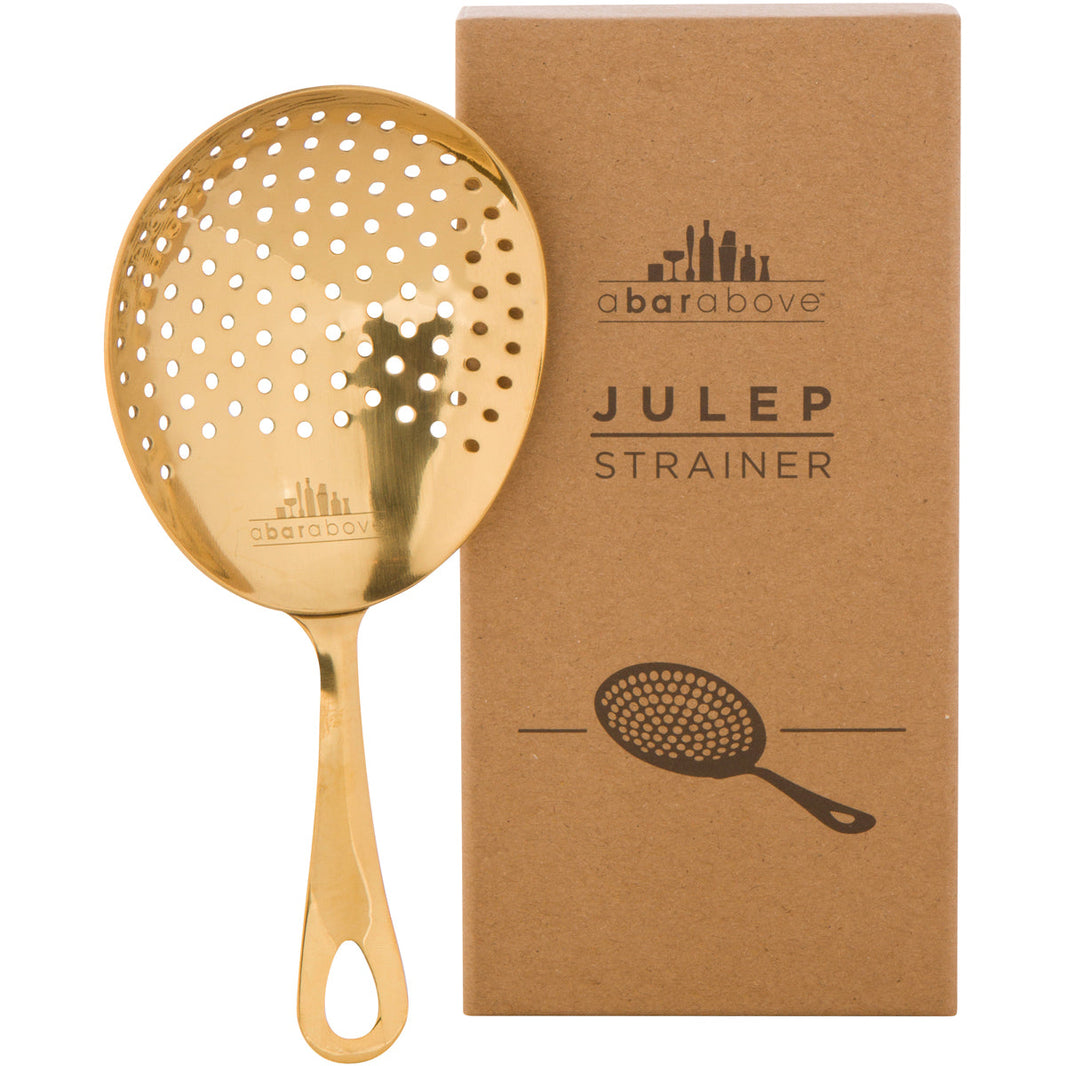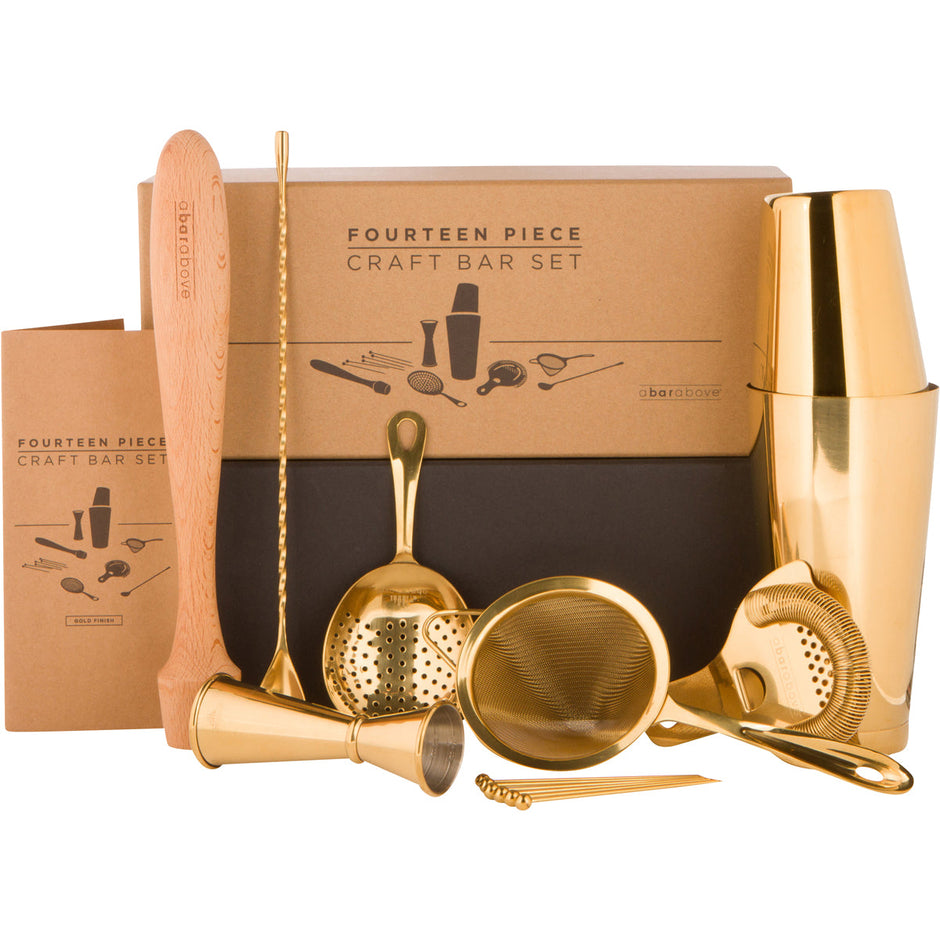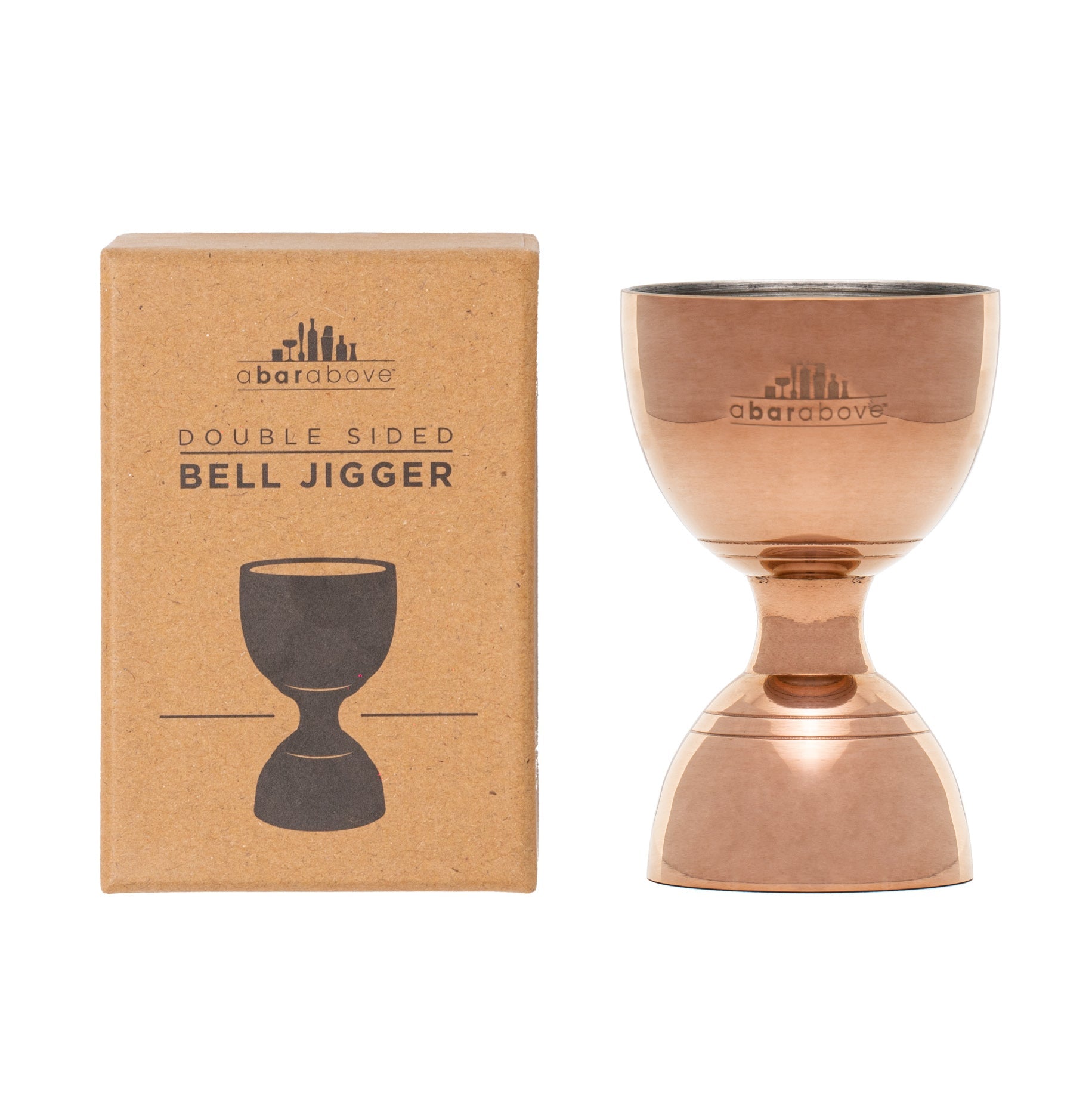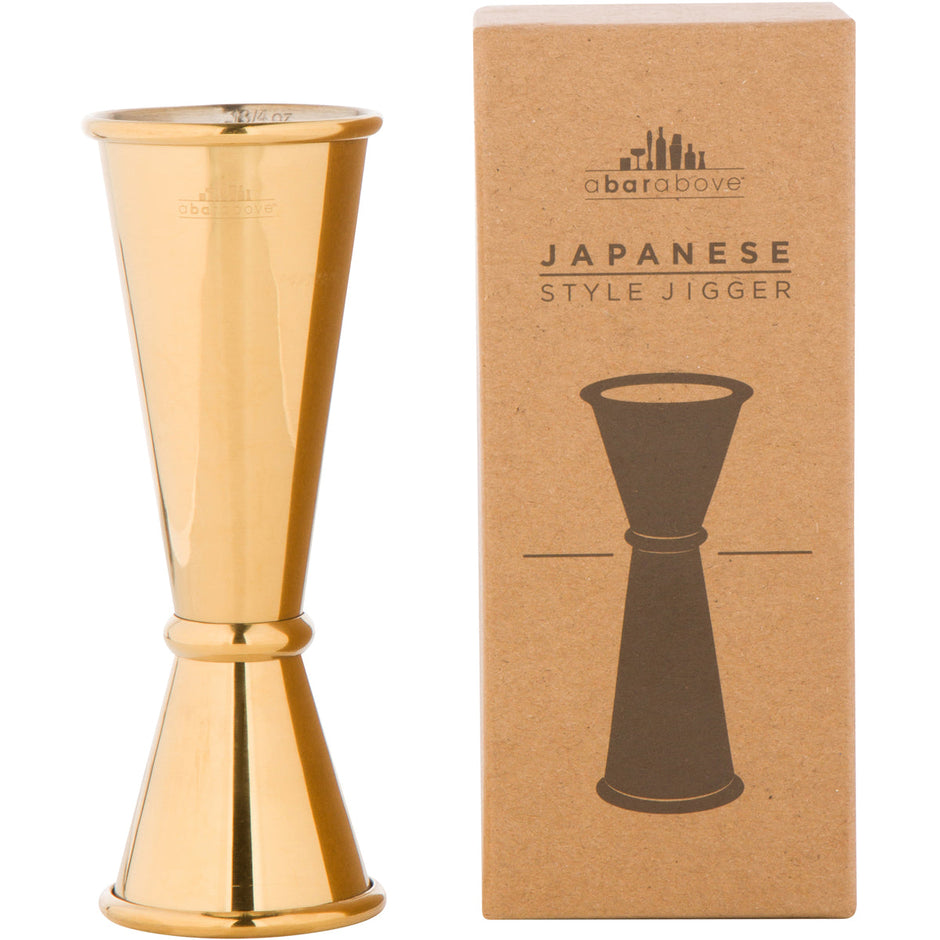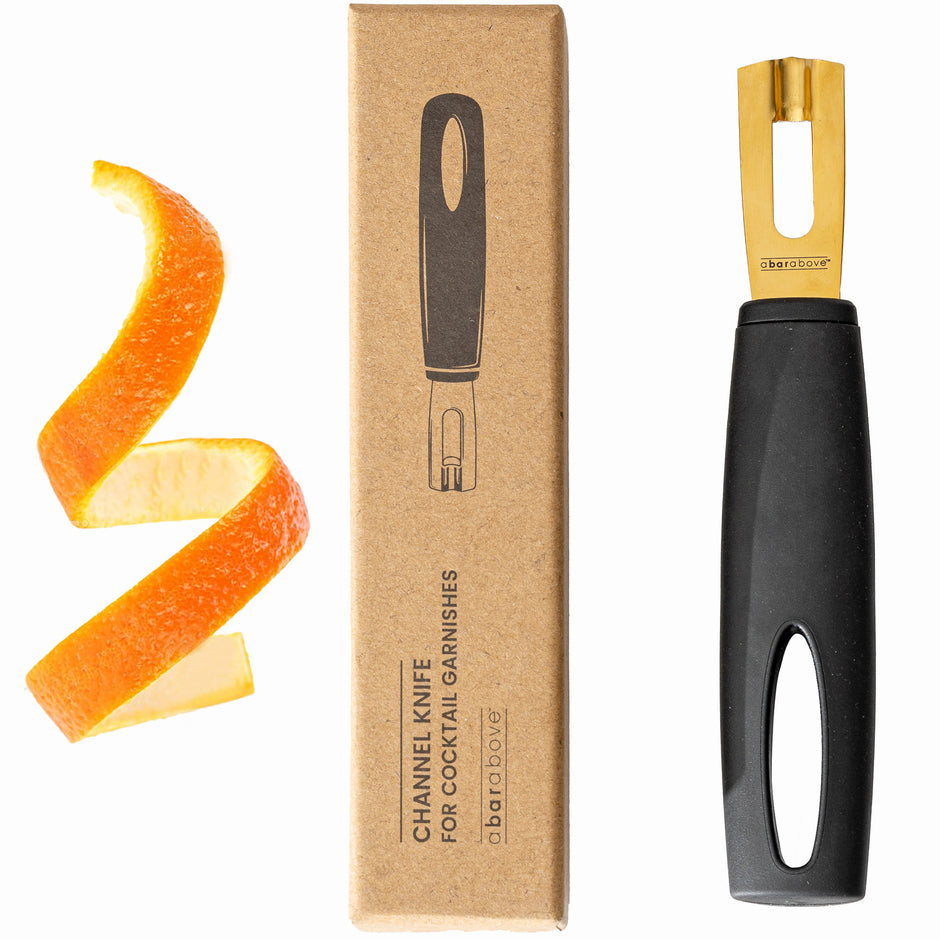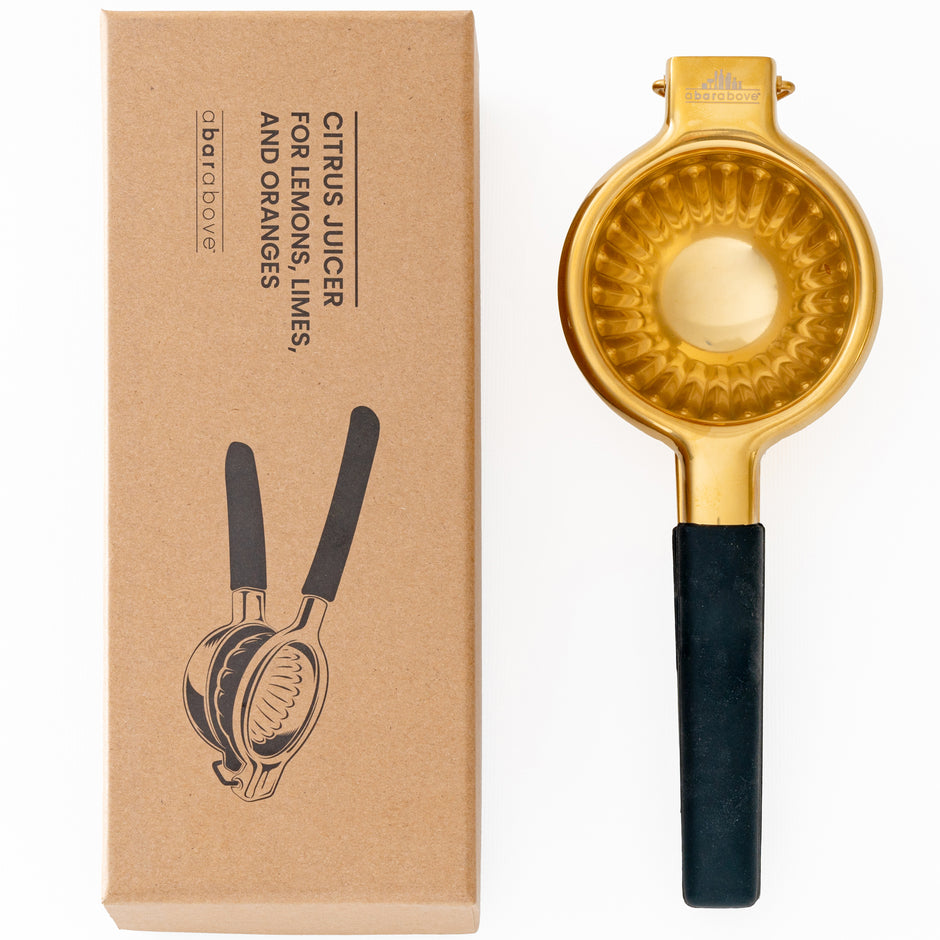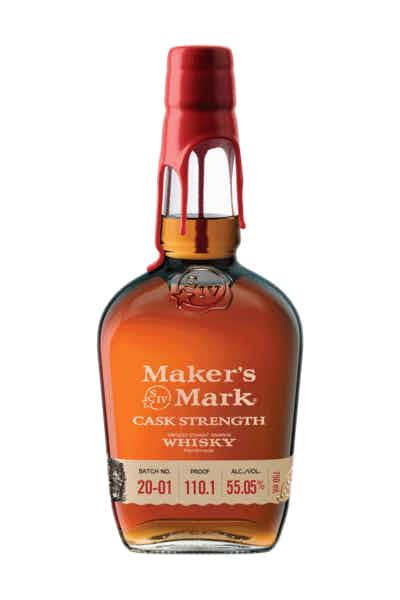Welcome to our bartending and mixology glossary page, where you’ll find a comprehensive overview of the terminology used in the captivating world of mixed drinks. Some lingo can be complex and even bewildering for newcomers, but worry not. Our glossary is made to make it a breeze for you to comprehend the jargon and slang used by bartenders and mixologists. Consider this the ultimate cocktail and mixology.
Type what you’re looking for
Or, choose a letter
Table of Contents
A
Aeration: The process of allowing a liquid, typically wine, to mix with air. This enhances its flavors and aroma.
Agave: A succulent plant primarily grown in Mexico. Its sap is fermented and distilled to produce tequila and mezcal.
Aperitif: A light alcoholic beverage consumed before a meal. It is believed to stimulate the appetite.
B
Back: A non-alcoholic drink served alongside a shot. It’s usually consumed after the shot to cleanse the palate.
Bitters: A concentrated alcoholic solution with herbal essences. Used in many cocktails to provide depth and balance.
Blender: An electric device used to mix, purée, or emulsify ingredients. Essential for making smoothies and blended cocktails.
Boston Shaker: A two-piece cocktail shaker consisting of a metal tin and a mixing glass. Preferred by many professional bartenders.
Build: The technique of making a cocktail by adding ingredients directly to the glass. Often used for layered drinks.
C
Chaser: A drink consumed immediately after a shot. Typically lighter in flavor, it can help neutralize strong tastes.
Cobbler: A style of cocktail characterized by its use of fresh fruit and crushed ice. Usually garnished with fruit slices.
Cocktail: A mixed drink containing one or more types of spirits and mixers. Often includes juices, bitters, or other flavorings.
Curaçao: A liqueur flavored with the dried peel of the Laraha citrus fruit. Often colored blue, orange, or clear.
D
Dash: A small amount of liquid, less than 1/8 of a teaspoon. Often refers to the addition of bitters to a cocktail.
Digestif: An alcoholic drink consumed after a meal. Intended to aid digestion.
Double Strain: The technique of using both a regular strainer and a fine mesh strainer. Removes small particles from a cocktail.
Dry: Refers to a drink that is not sweet. Also can mean a vermouth with little sugar.
E
Egg White: Used in cocktails to add froth and a creamy texture. Must be shaken vigorously.
F
Fizz: A type of cocktail that contains acidic juice and carbonated water. Known for its frothy and bubbly character.
Flair Bartending: The art and skill of entertaining patrons by juggling and manipulating bar tools. Often seen in competitions.
Float: The technique of gently pouring one ingredient over another. Creates layers in a drink.
Free Pour: Pouring ingredients without using a measuring tool. Requires skill and practice to get accurate amounts.
G
Garnish: Decorative elements added to a cocktail. Can be fruits, herbs, or other items to enhance appearance and flavor.
H
Highball: A type of cocktail served in a tall glass. Typically consists of one spirit and one mixer, like gin and tonic.
I
Infusion: The process of extracting flavors from ingredients by soaking them in alcohol. Commonly used with fruits, herbs, and spices.
J
Jigger: A measuring tool used in bartending. Ensures consistent and accurate pours.
K
L
Layer: The technique of carefully pouring ingredients to sit on top of each other. Creates visually distinct layers in a drink.
M
Muddle: To press ingredients against the side of the glass. Releases flavors and juices, especially with fruits and herbs.
N
Neat: A way to serve a spirit without any mixers, ice, or water. Poured straight from the bottle.
O
On the Rocks: Serving a drink over ice. Typically refers to spirits but can be used for cocktails too.
P
Peg: An old term for a standard measure of spirits. Equivalent to a shot.
Q
R
Rim: The act of coating the edge of a glass with a liquid and then dipping it in salt, sugar, or other ingredients. Adds flavor and visual appeal.
S
Shake: Mixing ingredients together by shaking them with ice in a cocktail shaker. Introduces air, dilution, and chills the mix.
Simple Syrup: A basic syrup made by dissolving sugar in water. Used to sweeten cocktails.
Sour: A family of cocktails made with a base spirit, lemon or lime juice, and a sweetener.
Spirits: Distilled alcoholic beverages. Include whiskey, rum, vodka, gin, etc.
Stir: Mixing cocktail ingredients with a bar spoon. Chills and dilutes without introducing as much air as shaking.
Strainer: A tool used to separate solid ingredients from a liquid. Essential when serving shaken or stirred cocktails.
T
Tincture: A concentrated solution made by soaking herbs, spices, or other ingredients in alcohol. Used to add flavors to drinks.
Twist: A piece of citrus peel, often twisted over a cocktail. Releases essential oils and adds aroma.
U
Umbrella: A decorative paper or plastic piece used as a garnish. Common in tropical drinks.
V
Vermouth: A fortified wine flavored with various botanicals. Essential in many classic cocktails.
W
Well: The area of a bar where the most commonly used spirits are kept. Also refers to house-brand spirits.
X
X-factor: The unique and often indefinable quality that makes a particular cocktail stand out.
Y
Yield: The amount of drink a particular recipe produces. Important for batched cocktails.
Z
Zest: The outer, colored part of citrus fruit peel. Used for garnish and flavoring.

